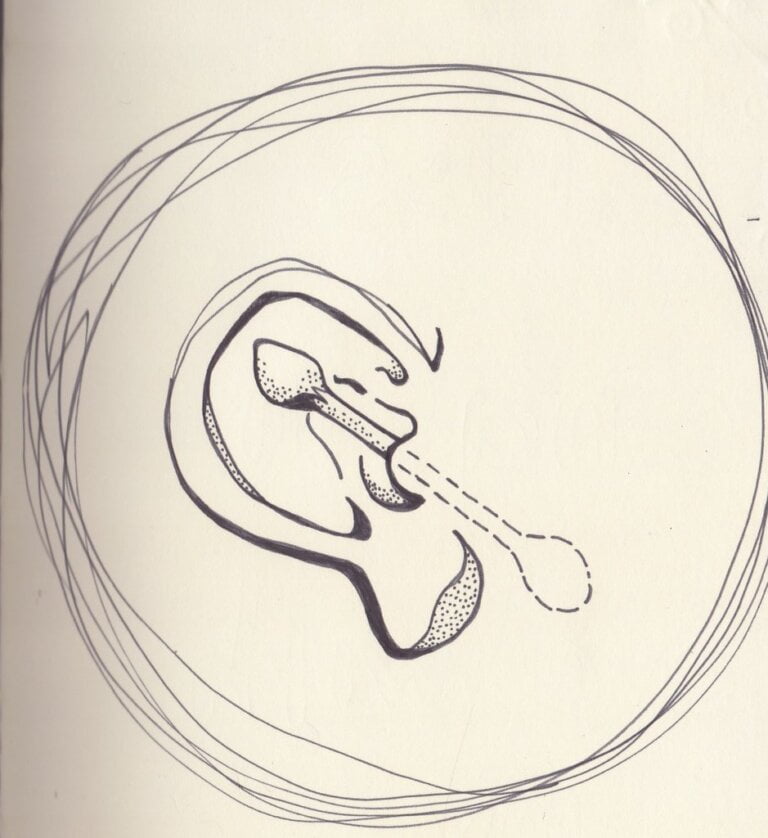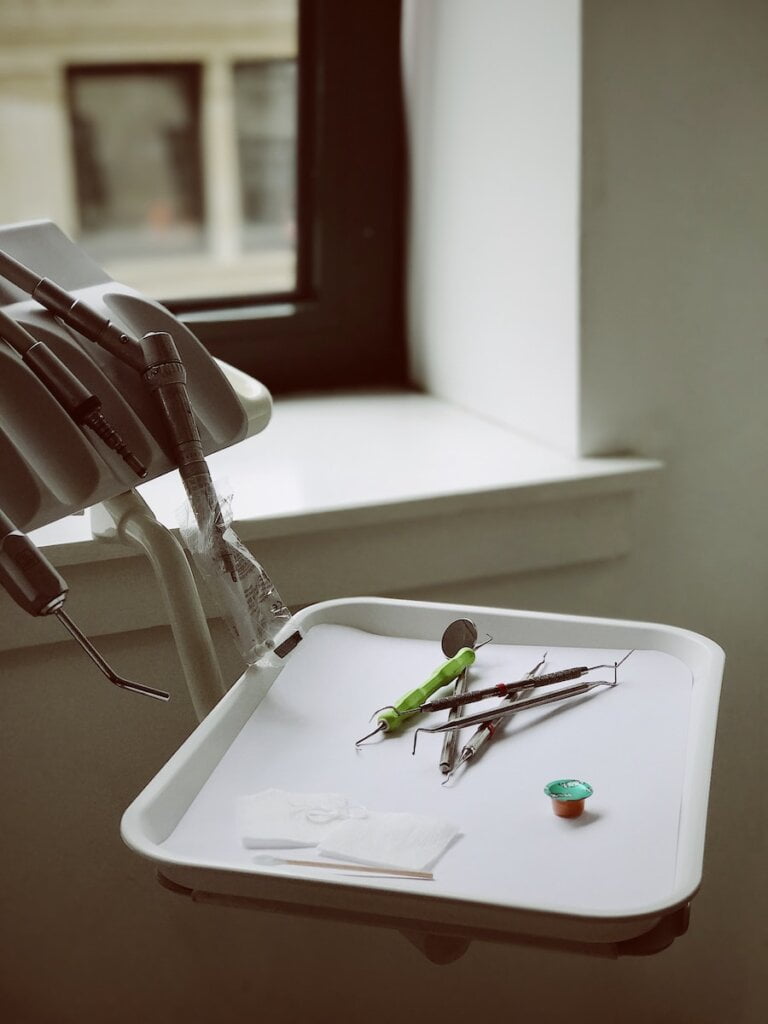The Hidden Clues: Decoding Symptoms for Early Detection of Common Ear Problems
Last Updated on 3rd May 2024 by Admin
The human ear is a complex organ that plays a vital role in our daily lives. It not only allows us to perceive sounds but also helps us maintain our balance. However, like any other part of our body, the ear is susceptible to various problems and conditions that can impact our overall well-being. That’s why it is crucial to be aware of the early signs and symptoms of common ear problems for timely detection and treatment. In this article, we will explore the hidden clues that can help us decode these symptoms and take necessary action.
Understanding the Ear’s Anatomy
Before diving into the specific symptoms, let’s briefly understand the basic anatomy of the ear. The ear can be divided into three main parts: the outer ear, the middle ear, and the inner ear. Each part has its own unique function and can be affected by different conditions.
The Outer Ear
The outer ear consists of the visible part known as the pinna and the ear canal. Its primary function is to collect and channel sound waves towards the middle ear. The pinna, also known as the auricle, acts as a funnel, directing sound waves into the ear canal. The ear canal, lined with tiny hairs and glands, produces earwax to protect the ear from foreign particles and infections.
The Middle Ear
Located between the eardrum and the inner ear, the middle ear is a small, air-filled space. It contains the three smallest bones in the human body known as the ossicles: the malleus, incus, and stapes. These bones work together to amplify and transmit sound vibrations from the eardrum to the inner ear. Additionally, the middle ear is connected to the back of the throat by the Eustachian tube, which helps equalize air pressure and drain fluids from the middle ear.
The Inner Ear
The inner ear is the most complex part of the ear and is responsible for converting sound vibrations into electrical signals that can be interpreted by the brain. It contains the cochlea, a spiral-shaped structure filled with fluid and sensory cells that detect different frequencies of sound. The inner ear also houses the vestibular system, which helps maintain our balance by detecting the position and movement of our head.
Now that we have a basic understanding of the ear’s anatomy, let’s explore some common ear problems and their associated symptoms.
1. Ear Infections
Ear infections are one of the most prevalent ear problems, particularly in children. They can occur in the outer ear (otitis externa), middle ear (otitis media), or inner ear (otitis interna). Ear infections often result from bacteria or viruses entering the ear through the Eustachian tube, causing inflammation and fluid buildup. Here are some symptoms to watch out for:
- Ear pain or discomfort: This is one of the most common symptoms of an ear infection. The pain may be sharp or dull and can vary in intensity.
- Fever: Infections in the middle or inner ear may be accompanied by a fever. A persistent high fever may indicate a severe infection.
- Drainage from the ear: In some cases, an ear infection can cause fluid or pus to drain from the ear. This may be a sign of a ruptured eardrum.
- Reduced hearing ability: The buildup of fluid or inflammation can affect the transmission of sound, leading to temporary hearing loss.
- Tugging or pulling at the ear (common in children): Young children may exhibit this behavior as a response to ear pain.
If you or your child experience any of these symptoms, it is advisable to seek medical attention promptly to prevent complications such as hearing loss or the spread of infection.
2. Tinnitus
Tinnitus is the perception of noise or ringing in the ears without any external source. It is often a symptom of an underlying condition rather than a standalone ear problem. Tinnitus can be caused by various factors, including:
- Exposure to loud noises: Prolonged exposure to loud noises, such as loud music or machinery, can damage the delicate structures of the inner ear and lead to tinnitus.
- Age-related hearing loss: As we age, the sensory cells in the cochlea gradually deteriorate, leading to hearing loss and tinnitus.
- Earwax blockage: A buildup of earwax can cause a blockage in the ear canal, leading to tinnitus.
- Certain medications: Some medications, such as high doses of aspirin, certain antibiotics, and diuretics, can cause tinnitus as a side effect.
If you experience persistent tinnitus, it is essential to consult an audiologist or an ear, nose, and throat specialist to identify the underlying cause and explore potential treatment options. Treatment options may include hearing aids, sound therapy, or addressing the underlying condition causing the tinnitus.
3. Hearing Loss
Hearing loss can occur gradually or suddenly and can affect individuals of all ages. It can result from various factors, including:
- Aging: Age-related hearing loss, also known as presbycusis, is a natural part of the aging process. It typically affects high-frequency sounds and makes it difficult to understand speech.
- Exposure to loud noises: Prolonged exposure to loud noises can damage the sensory cells in the inner ear, leading to permanent hearing loss. This is known as noise-induced hearing loss.
- Ear infections: Chronic or untreated ear infections can cause damage to the structures of the middle or inner ear, resulting in hearing loss.
- Genetic factors: Some individuals may be genetically predisposed to certain types of hearing loss.
- Trauma to the ear: Head injuries or trauma to the ear can damage the delicate structures of the ear, causing hearing loss.
Common signs of hearing loss include:
- Difficulty understanding speech, especially in noisy environments: Individuals with hearing loss may struggle to hear conversations or distinguish speech from background noise.
- Asking others to repeat themselves frequently: If you find yourself frequently asking others to repeat what they said, it may be a sign of hearing loss.
- Increased volume levels for listening to the television or radio: People with hearing loss often turn up the volume on electronic devices to compensate for their reduced hearing.
- Social withdrawal due to communication difficulties: Hearing loss can make it challenging to engage in conversations, leading to social isolation and withdrawal.
If you suspect hearing loss, it is advisable to undergo a comprehensive hearing evaluation by a qualified audiologist. The evaluation may include various tests, such as pure-tone audiometry and speech audiometry, to determine the type and degree of hearing loss. Based on the results, the audiologist can recommend appropriate treatment options, such as hearing aids or assistive listening devices, to improve communication and quality of life.
4. Vertigo and Balance Disorders
Vertigo refers to a sensation of spinning or dizziness, often accompanied by balance problems. It can be caused by issues with the inner ear, such as:
- Benign paroxysmal positional vertigo (BPPV): BPPV occurs when tiny calcium crystals in the inner ear become dislodged and disrupt the normal fluid movement, leading to vertigo.
- Meniere’s disease: Meniere’s disease is a chronic condition characterized by recurring episodes of vertigo, hearing loss, tinnitus, and a feeling of fullness in the affected ear.
- Vestibular neuritis: Vestibular neuritis is an inflammation of the vestibular nerve, which connects the inner ear to the brain. It can cause severe vertigo and imbalance.
- Labyrinthitis: Labyrinthitis is an infection or inflammation of the labyrinth, a structure in the inner ear that helps maintain balance. It can result in vertigo, hearing loss, and nausea.
Symptoms of vertigo and balance disorders may include:
- Spinning sensation: Individuals with vertigo often experience a spinning or whirling sensation, as if the world around them is moving.
- Unsteadiness or loss of balance: Balance problems can make it difficult to walk or perform daily activities without feeling unsteady.
- Nausea or vomiting: Vertigo can cause severe nausea and may lead to vomiting in some cases.
- Sweating: Excessive sweating, especially during episodes of vertigo, is not uncommon.
- Abnormal eye movements: Rapid, involuntary eye movements, known as nystagmus, may accompany vertigo.
If you experience recurring episodes of vertigo or balance problems, consulting a healthcare professional specializing in otolaryngology (ear, nose, and throat) is essential for accurate diagnosis and appropriate management. Treatment options for vertigo and balance disorders may include medications, vestibular rehabilitation therapy, or surgical interventions, depending on the underlying cause.
5. Earwax Buildup
Earwax, also known as cerumen, is a natural substance produced by the ear to protect the ear canal. However, excessive earwax accumulation can lead to discomfort and hearing difficulties. Symptoms of earwax buildup include:
- Earache: A feeling of fullness or discomfort in the ear can be a sign of earwax buildup.
- Partial hearing loss: When earwax blocks the ear canal, it can interfere with the transmission of sound, resulting in partial hearing loss.
- Tinnitus: Earwax impaction can cause tinnitus or worsen existing tinnitus symptoms.
- Itching or irritation in the ear canal: Excessive earwax can irritate the delicate skin of the ear canal, leading to itching or discomfort.
Gentle cleaning of the outer ear with a cloth can help remove excess wax. However, it is crucial to avoid using cotton swabs or other objects that can push the wax deeper into the ear canal and potentially cause damage. If the symptoms persist or the earwax impaction is severe, it is advisable to consult a healthcare professional for safe and effective removal. A healthcare professional may use specialized instruments or prescribe ear drops to soften the wax before removal.
Conclusion
Understanding the hidden clues and symptoms of common ear problems is essential for early detection and prompt treatment. If you experience any persistent or concerning symptoms related to your ears, it is always best to consult a qualified healthcare professional for a comprehensive evaluation and appropriate management. Remember, taking proactive care of your ears can help preserve your hearing and overall well-being.







